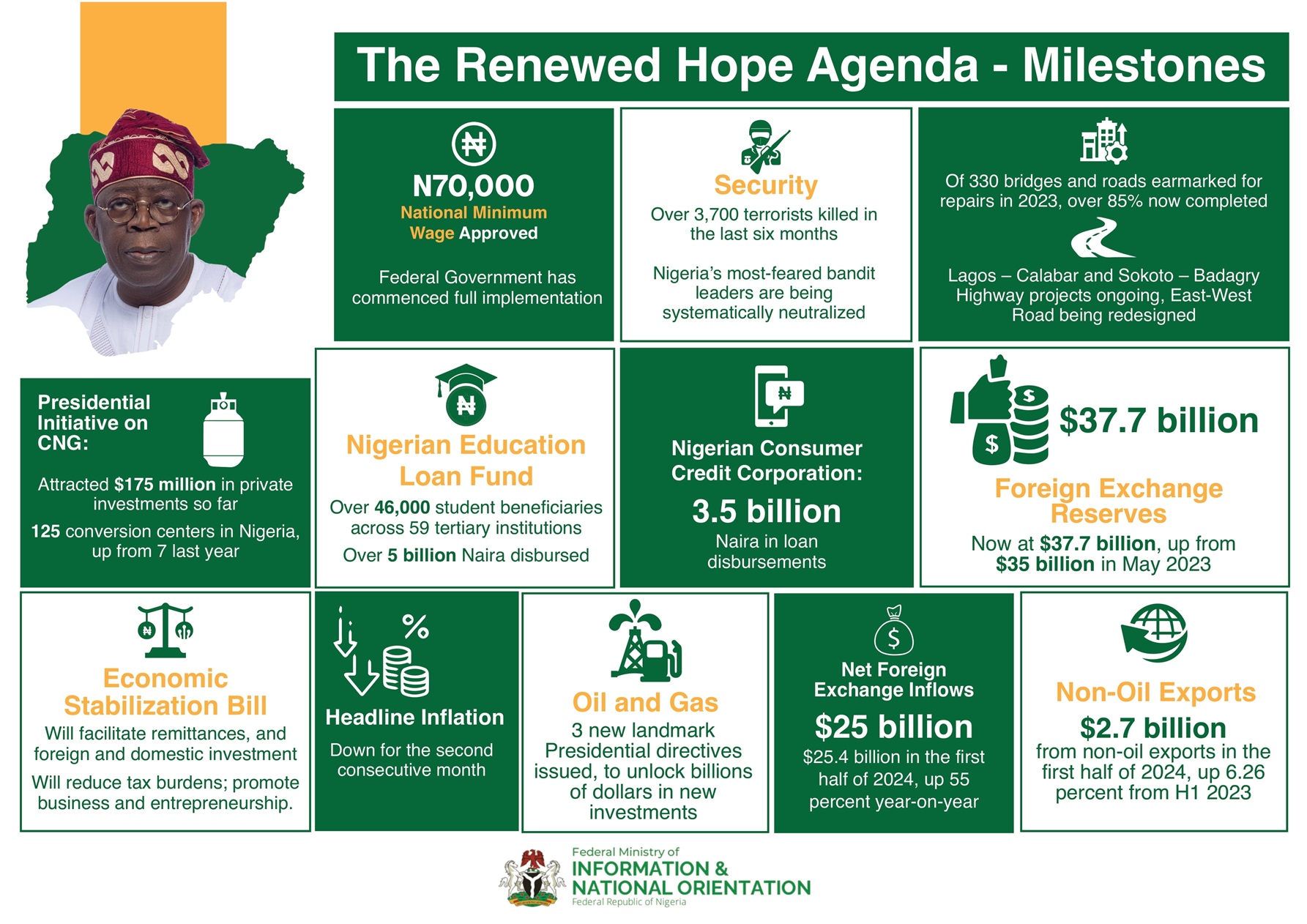Cloud computing and AI’s influence on oil production is returning the oil industry to profitable levels. A slap to ambitious effort to rein in crude oil’s debilitating impact on our environment but offers a chance for nations like Nigeria to make the best of the end of oil as its collapse is inevitable. We know that these new information technologies will continue to play a key role in returning the industry to expansion.
Accenture has estimated that advanced analytics and modeling could generate as much as $425 billion in value for the oil and gas sector by 2025. They found AI technologies could boost production levels by as much as 5%.
As part of a Greenpeace report, the crash in the price of oil hasn’t changed anything. Even BloombergNEF predicts oil companies spending on cloud computing and advanced analytics will increase from $2.5 billion in 2020 to $15.7 billion by 2030. It said this expense will be mostly for the purposes of exploration and production. New capabilities enabled by cloud and AI, have made it easier for oil companies to find and produce oil. A big loss for our climate. Maybe a chance for a country like Nigeria to use potential revenues made possible by these exponential technologies to rejig her economy, digitalize and take bold bets to usher in a new economy that addresses widening inequality and massive youth employment.
We are seeing applications of these powerful technologies in the mid and downstream phases of oil production, focusing on pipelines, shipping, and storage for oil and gas companies. We understand from the Greenpeace report that Amazon Web Services (AWS) cloud is the largest in the world, a virtual home to millions of websites, and is now being used by oil and gas firms to get oil to market more efficiently. More so, Google has said it is deprioritizing contracts that it is no longer developing custom AI/ML solutions to facilitate upstream extraction for oil and gas companies.
Understanding these technologies
Cloud companies provide oil and gas clients with data storage, but also with sophisticated tools for analyzing, modeling, and understanding the vast data sets found in the cloud. The sheer size of modern data sets has ignited an explosion of new techniques for extracting information from them. These new techniques are made possible by ongoing advances in computer processing power and speed, as well as aggregating computer power to improve performance (known as High-Performance Computing, or HPC).
Many of these techniques are described as “data mining,” “machine learning,” or even “artificial intelligence.” Generally, data mining refers to the process of extracting information or knowledge from raw data. Machine learning (ML) is a sub-field of the larger field of artificial intelligence (AI) and refers to the use of specific algorithms to identify patterns in raw data and represent the data as a model. Such models can then be used to make inferences about new data sets or guide decision-making. The term “Internet of Things” (IoT) usually refers to a network of connected computing and physical devices that can automatically generate and transmit data about physical systems (e.g. automated monitoring of pipeline pressure and flow).
Oil and gas companies generate and utilize large data sets at every stage of operations and have turned to cloud companies to manage and understand that data in order to maximize both production and profits. The oil and gas industry can be defined by three broad areas of operation that describe each phase of the lifecycle of oil and gas: upstream, midstream, and downstream.
For upstream: technology is helping in finding and Extracting Oil and Gas through enhancing incomplete datasets by predicting missing data. Machine learning can be used to estimate missing or incomplete data, by training an ML algorithm on known data sets and then applying that model to the new data. While 3D modeling is use to reduce the time required for seismic data processing.
For midstream: technology is helping transporting and Storing Oil and Gas by providing predictive maintenance and automated “smart” pipeline monitoring to reduce downtime. And by ingesting and analyzing very large data sets to manage and optimize pipelines, inventory, and workforce. For Downstream: it helping in refining, Marketing, and Selling Oil and Gas through facilitating crude refining, raw gas processing, and marketing and distribution of refined products for further processing into plastics and petrochemicals. And by developing new technologies such as 3D printing, which are being used by the petrochemical industry to make the production of chemicals even faster and cheaper.
The end of oil
The possibilities made available by these exponential technologies could pump more oil into the global market. Yet the exponential increases in electric vehicles (EVs) and ride-sharing are predicted to accelerate the end of oil. A peak in demand for oil could lead to lower prices and so crush uncompetitive fields.
The BP announcement to investors that would cut its oil and gas production by 40% within a decade and stop exploring for fossil fuels in new countries. It said it aims to become an “integrated energy company.” We don’t think petroleum will disappear but we do think that production will fall and demand could be impacted by future technological innovations. The fallout from this will have wide-ranging impacts across societies, possibly in jobs market, health sector thereby demanding a range of adaptations. This transition will be technically and socially challenging, expensive, and possibly disruptive for African market stakeholders.
In all, the oil market as it exists today can’t bring an end to the oil industry. But the oil industry must reconcile its business model with our climate reality. Nigeria needs its own Green Energy Deal. It will be pivotal in determining how its oil industry ends. It is imperative that it is just and democratic, bordering on those most impacted, giving power and resources to local communities. Giving that the overall employment in the oil sector is already in long-term decline, we must start the transition process now, by incorporating a robust package of social support for fossil fuel workers.
Written by Caesar Keluro, Co-Founder/CEO, Nanocentric Technologies Limited. He leads ‘Make In West Africa’, a regional Think-tank. He tweets @kcaesar


